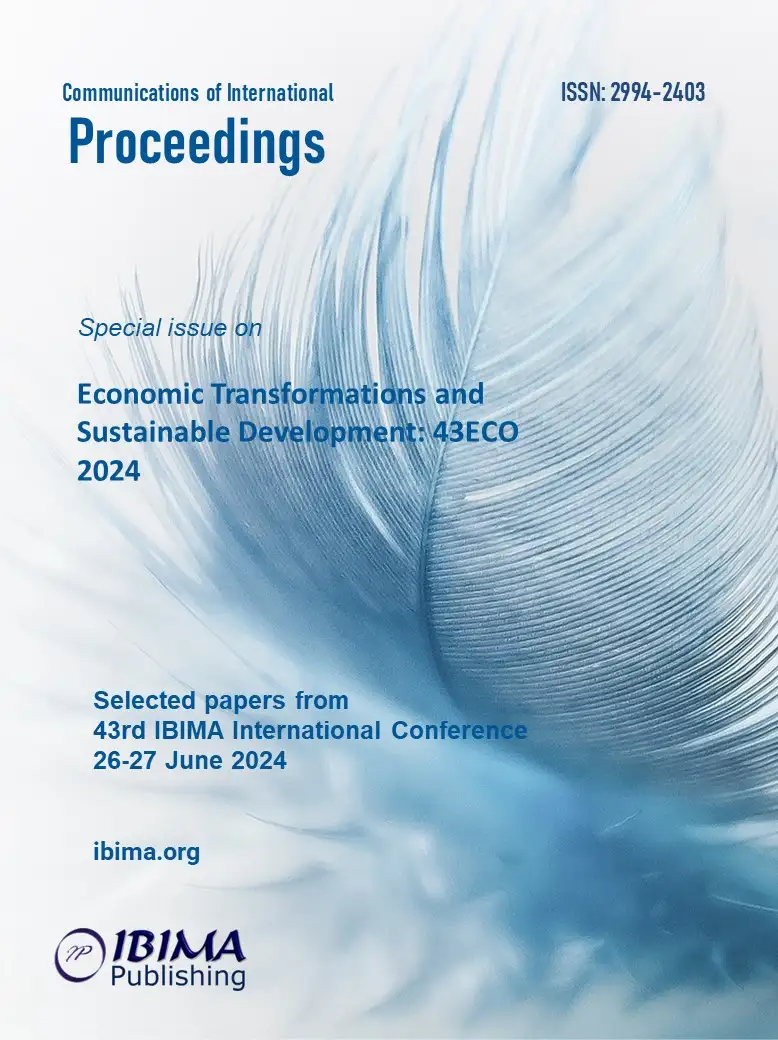
Yevhenii ALIMPIIEV
University of Lodz, Lodz, Poland

The research presented in the article is defined as testing an integral indicator of the macroeconomic environment that is important for understanding and assessing the current state of the economy and making decisions in the field of fiscal and monetary policy. In the literature, the General Macroeconomic Equilibrium (GME) Indicator and the Balanced Development Index are described separately. This article compares these two indicators using the example of the Polish economy from 1999 to 2022. As an indicator of general macroeconomic equilibrium, the article uses an improved new version of GME, which takes into account the quasi-stable nature of the natural rate of unemployment, which involves the use of variable values of the natural rate of unemployment. The results of the work led to conclusions about the strengths of the new version of the GME indicator. This indicator is based on the concept of internal and external deviations from equilibrium in the trade balance model, which explains the conditions of fiscal and monetary interaction, which makes the GME indicator sensitive to fiscal and monetary regulation instruments. The article analyzed the application advantages of the GME indicator, which include the use of widely used and publicly available statistical indicators, a smaller amount of input data without losing significant information. Testing on historical data gives grounds to assert that the GME indicator fulfills its intended role of reflecting the general state of macroeconomic conditions.